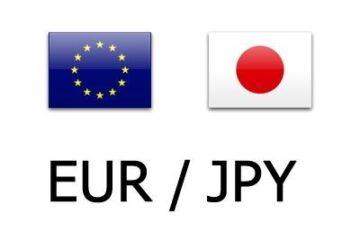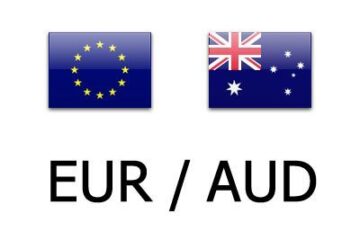The stock market has raised plenty of eyebrows lately. After getting hit hard in early April after President Trump’s tariff announcement on April 2, the S&P 500 skyrocketed by double digits in a remarkable run after Trump paused most of his reciprocal tariffs on April 9.
The dramatic climb has happened despite economic data suggesting the U.S. economy is slowing and amid rising recession risk in the wake of remaining tariffs, including a 145% tariff on China that’s got companies reassessing their outlooks for this year.
💵💰Don’t miss the move: Subscribe to TheStreet’s free daily newsletter💰💵
With stocks now back to where they were before Trump’s tariff announcement and sentiment indicators starting to flash warnings, there’s good reason to wonder if there’s still time to “buy the dip” or if investors should switch gears and “sell the rip.”
The uncertainty has caught the attention of veteran Wall Street analyst Tom DeMark, whose career spans nearly 50 years advising major money management firms and hedge fund managers like Goldman Sachs, Paul Tudor Jones, George Soros, and Leon Cooperman.
Related: Legendary fund manager makes bold stock market prediction
During his five decades navigating the market, DeMark has had a front row seat to plenty of good and bad market tapes. Recently, he issued a bold prediction that may make investors uneasy.
The S&P 500 rally may be running out of steam, according to Tom DeMark.
Image source: Michael M. Santiago/Getty Images
The Federal Reserve faces a huge challenge
The Federal Reserve has its hands full this year. It’s tasked with a dual mandate to keep inflation and unemployment low, but those goals often contradict each other, and that’s especially true this year.
If the Fed raises interest rates, it can slow the economy, reducing inflation. However, that causes job losses. Alternatively, if the Fed cuts interest rates, economic growth can add jobs and increase inflation.
Related: Warren Buffett sends strong message on trade, tariffs
As a result, Fed Chair Powell has to walk a tightrope on interest rates this year. The Fed’s hawkish monetary policy in 2022 and 2023 crimped inflation, but rising unemployment prompted it to switch gears late last year, cutting rates in September, November, and December.
Unfortunately, inflation progress has stalled, forcing the Fed to the sidelines even as layoffs climb and GDP softens.
Consumer Price Index inflation was 2.4% in April, unchanged from last September. Meanwhile, the unemployment rate has risen to 4.2% from 3.4% in 2023.
In April, companies announced 105,441 layoffs, up 63% year over year. This brings year-to-date job losses to about 602,000, up 87%, according to Challenger, Gray & Christmas.
The current tariffs, including 145% on China, 25% on Canada, Mexico, and autos, and a 10% baseline tariff on all imports, could cause inflation and unemployment to rise simultaneously, putting the Fed in a tough spot.
It doesn’t help that consumer confidence has stumbled significantly because of tariffs, which threaten to dent spending. In April, the University of Michigan’s Consumer Sentiment Survey dipped 8% to 52.2 from March, its fourth-lowest reading in April since 1952. Consumers’ expectations for inflation in the year ahead skyrocketed to 6.5% from 5% last month.
Tom DeMark warns stocks will stall, bear market likely
Tom DeMark had become a top advisor to some of the world’s most prominent managers by developing his proprietary tools for gauging what may happen to stocks next.
Related: Surprising jobs report resets Fed interest rate cut forecast
His firm, DeMark Analytics, bases buy and sell signals on mathematical relationships between price and time, which can spot when market turns are likely to be caused by buyer or seller exhaustion.
While many technical analysts focus on identifying trends as they’re happening, DeMark has made a name for himself by predicting when stocks are likely to peak and bottom. His approach still works today, given that he is credited with correctly predicting the S&P 500’s peak in February and low in April.
While the recent move in stocks is impressive, DeMark thinks it’s about over.
“A top is imminent. Too much technical damage has been done,” DeMark told Bloomberg. “Stocks are vulnerable right now and can easily get hit pretty badly if anything quickly changes on the global trade outlook.”
DeMark’s research suggests the S&P 500 could stall because of buyer exhaustion near 5,669. The S&P 500 closed on May 3 at 5,687 and May 5 at 5,650.
An ensuring decline could take the S&P 500 back to its April lows near 4,835. If so, that would represent a 20% drop from its February highs, putting it squarely into bear market territory.
“Historically, markets don’t bottom on good news, like last month on positive trade developments,” DeMark said. “Stocks typically bottom when everything is terrible and everyone is forced to throw in the towel — but that hasn’t happened yet. Stocks were just way oversold and overdue for a bounce.”
Related: Veteran fund manager unveils eye-popping S&P 500 forecast


